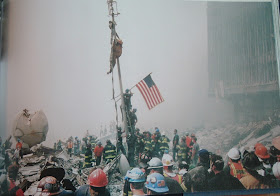
Continuing down the botanical pathway I started on yesterday beside the Bonnie Brier Bush, here's a recent find that takes root in the Canterbury Shaker Village in New Hampshire: A Shaker Sister's Drawings: Wild Plants Illustrated by Sister Cora Helena Sarle (Monacelli Press, NY, 1997).
This quietly elegant volume of drawings evokes the simplicity and subtle beauty of the Canterbury Shaker Village in the late nineteenth century. Thanks to two Shaker historians, June Sprigg Tooley and Scott T. Swank, who have provided the Introduction and Afterword for this book, and to David Larkin who designs illustrated documentary books, there is a printed record now to share the creative artistry of Sister Cora Helena Sarle and the Shaker village that inspired her.
 Cora Helena Sarle came to live there in 1882 at the age of fifteen and eventually committed her life to the Shakers, signing the Shaker Covenant in 1888. Under the watchful and encouraging eye of Elder Henry Clay Blinn, the village patriarch, Sarle's artistic talent was discovered and nourished. It was also seen as a useful tool for creating a record of botanical life in the village and for teaching the younger people who came to live there about nature.
Cora Helena Sarle came to live there in 1882 at the age of fifteen and eventually committed her life to the Shakers, signing the Shaker Covenant in 1888. Under the watchful and encouraging eye of Elder Henry Clay Blinn, the village patriarch, Sarle's artistic talent was discovered and nourished. It was also seen as a useful tool for creating a record of botanical life in the village and for teaching the younger people who came to live there about nature.Sister Helena (she went by her middle name) flourished creatively and within the Shaker community. Her notebooks of drawings were accompanied by Elder Henry's written text. Their work remained in the Canterbury village until a Shaker collector was able to purchase them for a private collection sometime after Sister Helena's death in 1956.
Now, the notebooks have returned to Canterbury where the Shaker village is a National Historic Landmark site and museum, and they inspired the publication of this book, a facsimile edition of Sister Helena's illustrations. Examples of her work follow.

























